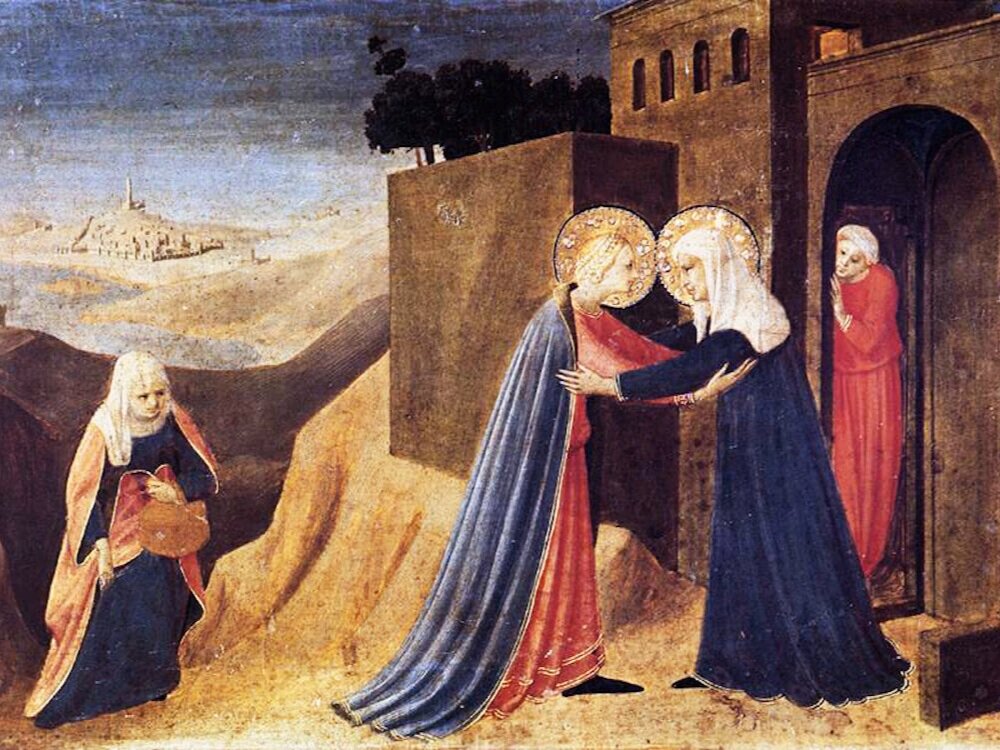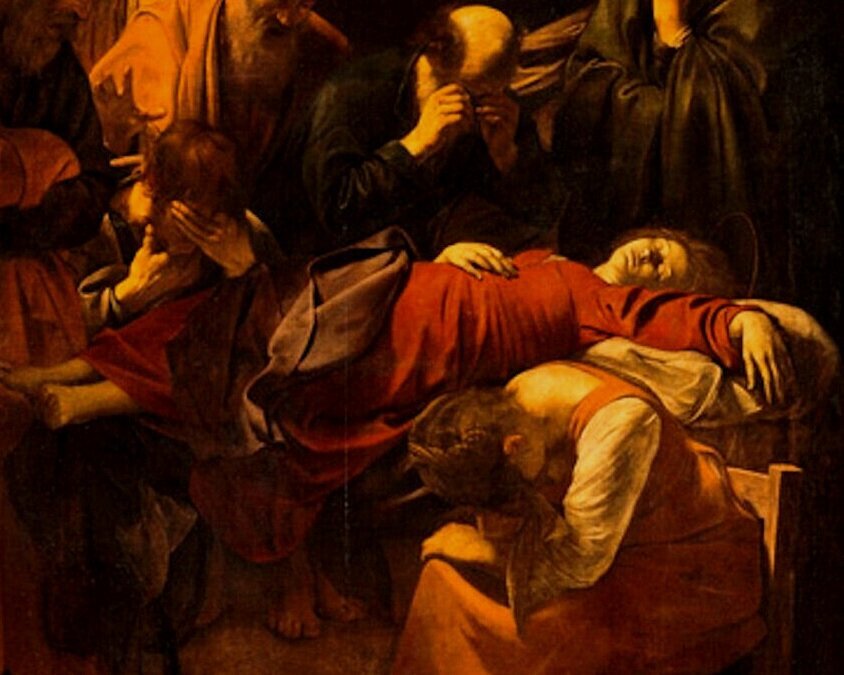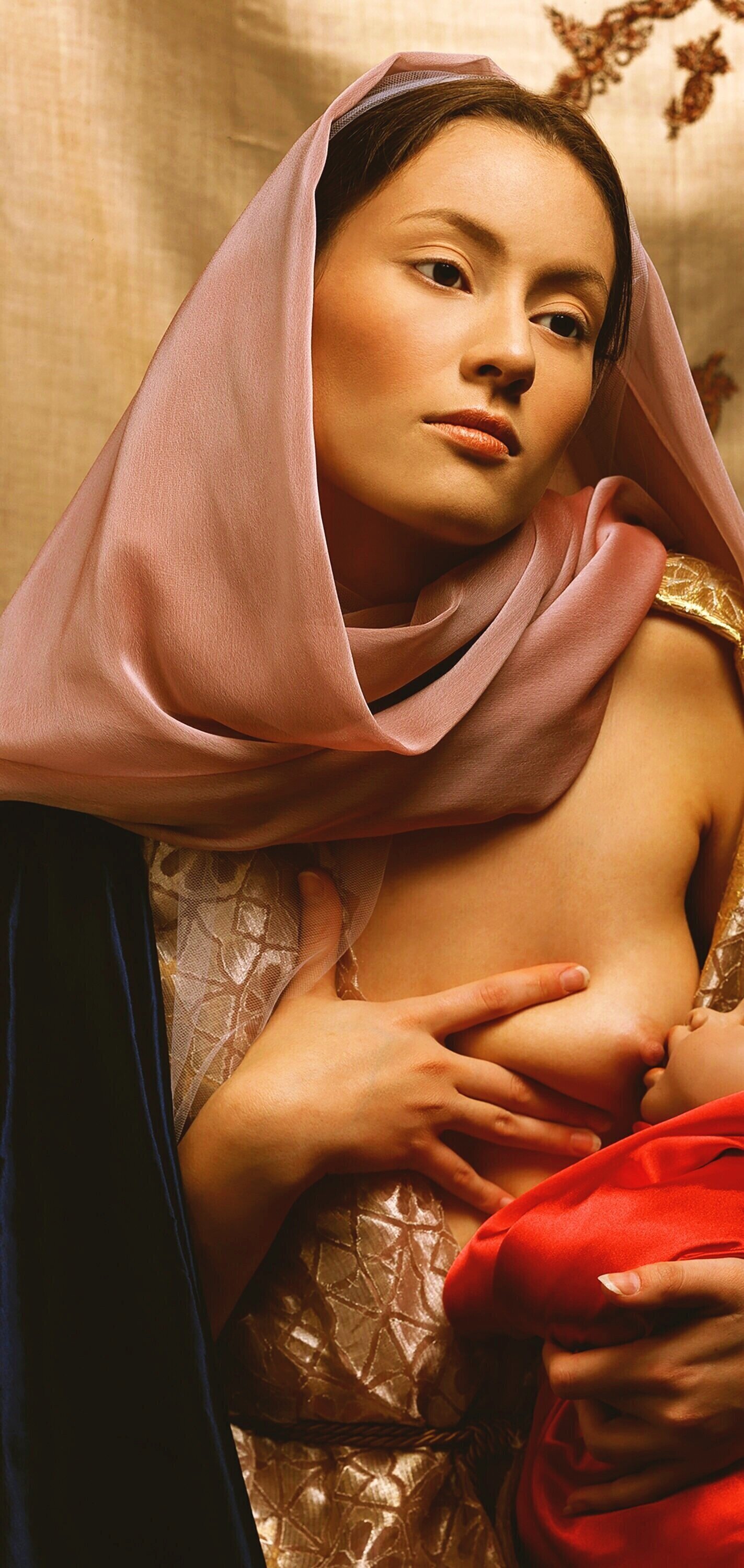“The models in my pictures are both marginalized and misunderstood…[l]ike the Virgin, they are untouchable and misunderstood.”
The inspiration for the VIRGIN series came to me in 2002, while I was reading about the lives and artwork of the Old Masters. I was astonished to discover that artists such as Caravaggio, who were best remembered for their church-commissioned paintings, frequently turned to prostitutes and other marginalized women when seeking models for their paintings. Digging more deeply into the stories and lives of these little-known women, I uncovered the back story of Caravaggio’s “The Death of the Virgin” (ca. 1604-1606). According to countless art historians, the artist appointed his mistress, a known prostitute, as his model for many of his paintings which portray the life of the Virgin Mary. The traditional Christian iconography was stripped away and the Virgin was displayed postmortem, as a corporeal being, rather than as an ethereal spirit’s assumption into heaven. The parish of the Carmelite church of Santa Maria della Scala rejected the painting, however, believing it sacrilege to display. The painting then disappeared from public view for years, before eventually coming to reside at the Louvre Museum in Paris.























